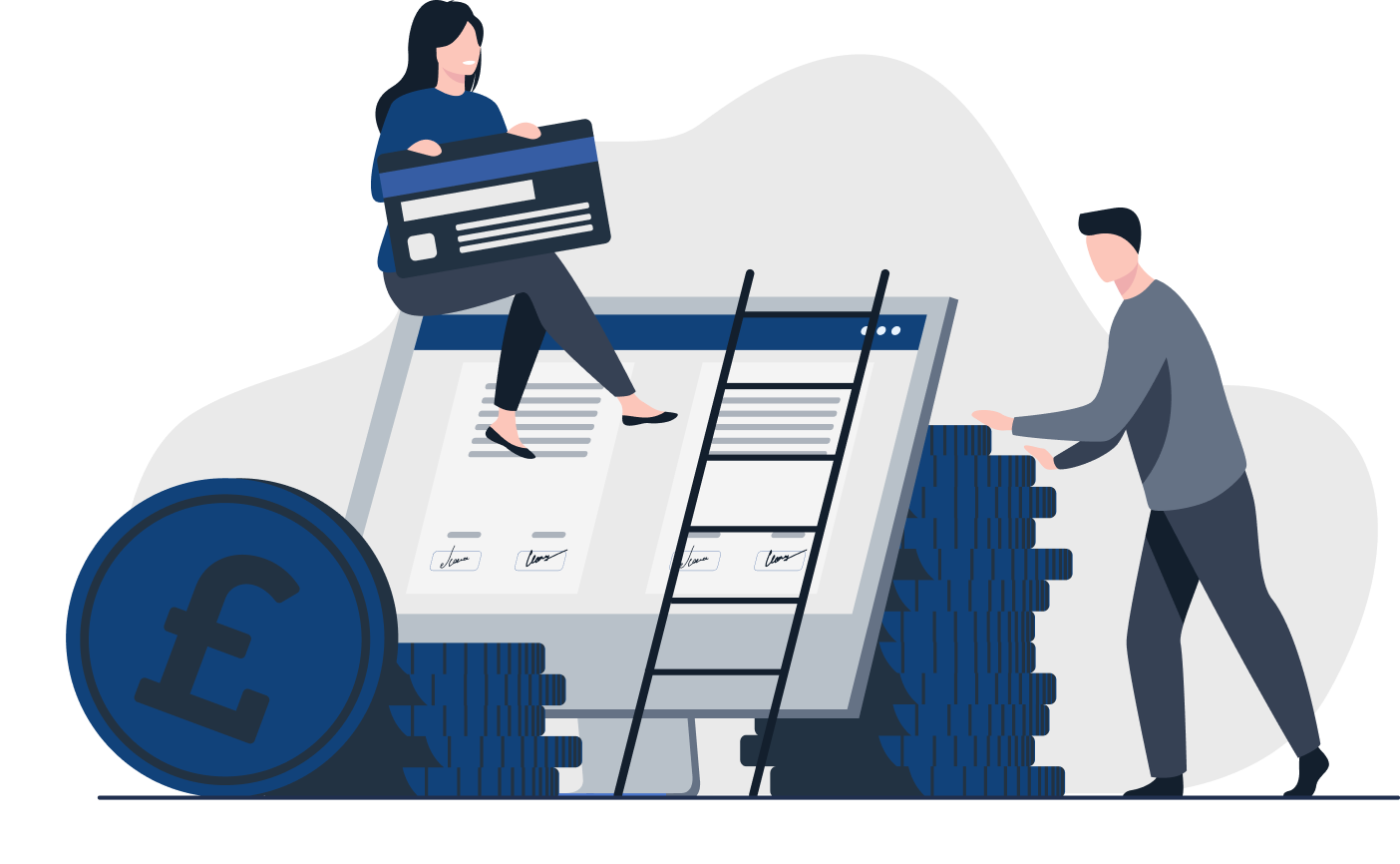UK Tax Rates and Allowances
UK tax rates and thresholds for sole traders, limited companies, and other businesses
In this article, we explain this year’s tax rates for 2023/24 as well as for the 2022/23 tax year. We’ll go through how different types of tax might affect you, and what this means for being tax efficient in your business.
Tax Rate Changes
Tax rates and allowances are normally set before the start of a new tax year, and then stay at that level until the following year.
The UK tax year always runs from 6th April to 5th April the following year.
The government normally make a Budget statement to announce any changes to UK tax rates, though they might sometimes introduce emergency measures.
Personal Allowance
Tax-free Personal Allowance:
The personal tax allowance is the amount of income you can earn before you start paying income tax on it. Even if you’re employed and self-employed, or receive an income from a variety of sources, you’ll only be able to use the personal allowance once in a tax year.
For instance, you might earn wages from an employer, receive income from property, make money from business activities, or a combination of all of these. The personal allowance will be applied against the total amount you make.
You might also be able to use the tax-free trading allowance against the first £1,000 of income you make from self-employment.
Personal Allowance in 2023/24:
The tax-free Personal Allowance for 2023/24 is £12,570
The personal tax allowance normally increases slightly each year, but the threshold for 2023/24 has been frozen at the 2022/23 limit of £12,570.
You’ll only pay income tax on any earnings which are above the £12,570 threshold. So, if you earn £18,000 in a tax year, the taxable element of your income is £5,430.
Personal Allowance for high earners:
It’s worth noting that the tax-free Personal Allowance starts to reduce if you earn a higher level of income. For every £2 that you earn above £100,000, the Personal Allowance reduces by £1. This means that if you earn £125,140 or more, your personal tax allowance is zero.
Income Tax
The amount of tax that you pay is worked out as a percentage (known as a tax rate) of your income.
Income tax rates and thresholds in 2023/24:
The table below shows the income tax rates and band thresholds for 2022/23 and 2023/24 in England, Wales, and Northern Ireland.
From April 2023 the thresholds for paying the highest rates of tax is lower than it was in 2022/23 tax year, so you may end up paying a higher rate of tax on more of your income.
| Tax Rate | 2023/24 Tax Band Thresholds | 2022/23 Tax Band Thresholds |
| Personal allowance: How much income you can earn before you start to pay income tax. No tax on this income. | £0 – £12,570 | £0 – £12,570 |
| Basic rate income tax: 20% tax on the proportion of income which falls into this tax bracket. | £12,571 – £50,270 | £12,571 – £50,270 |
| Higher rate income tax: The part of your income which falls into this tax band is taxed at 40% | £50,271 – £125,140 | £50,271 – £150,000 |
| Additional rate income tax: This is the highest rate. The income you earn above this threshold is subject to tax at 45% | £125,140 upwards | £150,000 upwards |
National Insurance
Paying the right amount of National Insurance (known as making National Insurance Contributions, or NICs) is important, because it can count towards your eligibility for some benefits and the state pension.
National Insurance is paid by employees and self-employed workers on their income, and by employers on the wages they pay their staff. The rate of National Insurance that you pay can change because it depends on your employment status, as well as on how much money you earn.
There are different types of National Insurance, known as ‘classes’, and the class that you pay depends on the source of income. For instance, self-employed people pay Class 2 National Insurance.
* Class 1 (Primary): Employees pay this on the wages they earn working for an employer.
* Class 1 (Secondary): Paid by employers as a contribution towards their employees’ National Insurance.
* Class 1A or 1B: Some employers may also need to make NI contributions on the equivalent financial value of any work benefits (BiKs), if they provide them to employees.
* Class 2: Self-employed people pay Class 2 NI on what they earn through their business activities.
* Class 3: These are voluntary contributions that you can make if you need to top up the amount of National Insurance you paid in a tax year.
* Class 4: Depending on how much they earn, self-employed people might also pay Class 4 National Insurance on income earned from their business activities.
You might pay more than one type (or class) of National Insurance in the same tax year. This can happen if you work for someone as an employee, as well as earning your own self-employed income. Another common example is someone who is both an employer and an employee (e.g. director of company).
The rate of National Insurance that you pay depends on which Class you must make contributions for. To make things even more confusing, the payment thresholds for the various types of NI all have different names and rates. It can be rather complicated, thus contact Dental Accounting if you need help.
Dividend Tax
If you own shares in a company then you may receive dividend payments, which are a share of the company’s profits. These dividends are a source of income, so as a result you’ll need to pay tax on them.
You’ll normally pay dividend tax as part of your Self Assessment tax return, when you report any untaxed income you receive.
Dividend tax is payable at a different rate to income tax, so if you’re a director in your own a limited company you might find it more tax efficient to pay yourself using a combination of dividends and a salary. You’ll pay income tax on the salary part of your income, and dividend tax on the dividends.
The income you receive from dividend payments isn’t subject to National Insurance (so you won’t pay NI on any dividends). If the total amount of dividend payments you receive in a tax year is more than the personal allowance (or if you’ve already used it up), you’ll still be able to claim an additional tax-free dividend allowance.
Dividend Allowance:
The dividend allowance is reducing in April 2023, and then again in April 2024. This means that you’ll pay tax on more of your dividend income.
The dividend allowance for each year is:
* 2022/23: £2,000
* 2023/24: £1,000
* 2024/25: £500
Dividend tax rates in 2023/24:
| 2023/24 Dividend Tax Rate | 2022/23 Dividend Tax Rate | |
| Basic rate taxpayers: pay the dividend ordinary rate | 8.75% | 8.75% |
| Higher-rate taxpayers: use the dividend upper rate | 33.75% | 33.75% |
| Additional-rate taxpayers: pay dividend tax at the additional rate | 39.35% | 39.35% |
Capital Gains Tax (CGT)
Capital Gains Tax (CGT) is payable on any profit you make after ‘disposing’ of an asset that you own. Disposing of an asset usually means that you’ve sold it, but also includes giving it away to someone, swapping it for something else, or being compensated for its loss in other ways.
The amount of Capital Gains Tax that you owe is based on the profit or ‘gain’ that you make, not on the total amount of money that you receive from disposing of the asset.
2023/24 Capital Gains Tax annual exempt amount:
The annual exempt amount (also known as the AEA) is the amount of gain you can make in a year before starting to pay tax on it.
| Individuals | Trustees | |
| 2022/23 | £12,300 | £6,150 |
| 2023/24 | £6,000 | £3,000 |
| 2024/25 | £3,000 | £1,500 |
You’ll pay Capital Gains Tax (CGT) on the total gains you make in a year above the annual exemption threshold. The rate of Capital Gains Tax that you pay depends on what the gain results from (in other words, what you disposed of), and what rate of income tax you pay.
2023/24 Capital Gains Tax for basic rate taxpayers:
| 2023/24 Capital Gains Tax | 2022/23 Capital Gains Tax | |
| Gains from other residential property | 18% | 18% |
| Gains from other chargeable assets | 10% | 10% |
2023/24 Capital Gains Tax for higher rate taxpayers:
| 2023/24 Capital Gains Tax | 2022/23 Capital Gains Tax | |
| Gains from other residential property | 28% | 18% |
| Gains from other chargeable assets | 20% | 10% |
Difference between Capital Gains Tax allowance and Capital Allowances:
Even though they sound similar enough to be confusing, the allowance for Capital Gains Tax and Capital Allowances are different parts of the same process.
Capital gains deal with the ‘gain’ that you make when you dispose of an asset which has increased in value. You’ll pay Capital Gains Tax on the gains you make if the total is above the allowance (also known as the annual exempt amount). It’s a bit like the Personal Allowance or the Dividend Allowance in that respect.
Only individuals and trusts can use the annual exempt amount, but businesses can’t, so that’s where capital allowances come in. These enable businesses to offset the cost of big-ticket purchases (known as capital items) against their tax bill.
Capital Allowances
What are capital allowances for?
Capital allowances enable a company to claim tax relief (and therefore reduce their tax bill) against assets they keep and use in the business. They can be a bit tricky because there are different types available, each with their own thresholds and rules. Contact Dental Accounting for further details.
An extension to the increased Annual Investment Allowance:
It’s worth noting that one type of capital allowance, the Annual Investment Allowance, is normally £200,000 in a year. This has been increased indefinitely to £1 million.
Corporation Tax
Who pays Corporation Tax?
Limited companies pay Corporation Tax on their profits, which they might make as a result of doing business, selling assets for more than they cost, or through investments. The director(s) must submit a Company Tax Return to declare the business’ profits, claim any tax relief, and pay the right amount of Corporation Tax.
2023/24 Corporation Tax Rates:
Corporation Tax is payable at a flat rate of 19% in 2022/23, but from 1st April 2023 the rate a company pays is based on how much profit it makes.
* Companies reporting profits over £250,000 will see Corporation Tax increase to 25% from 1st April 2023
* Profits up to £50,000 will incur Corporation Tax at a rate of 19%
* Marginal relief will offer a gradual increase for those falling between the two. Our article about Company Tax Returns explains how marginal relief is worked out for Corporation Tax
Looking for help with Tax?
If you have any further questions simply phone us on 020 4577 1565 and one of our friendly Dental Accountants will be happy to help.
Disclaimer: The content is provided for informational purposes only and maybe referenced from external publications.


